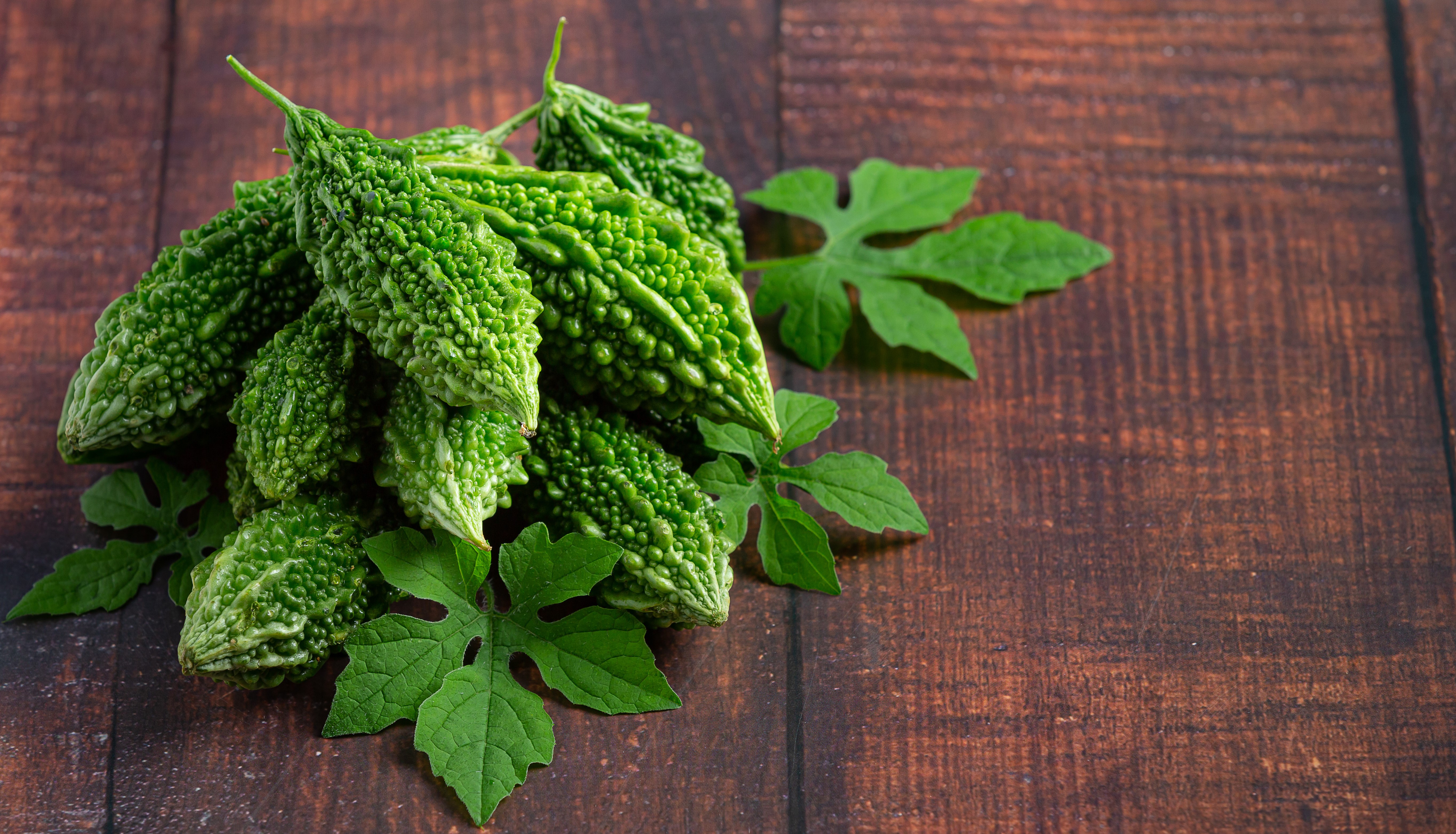What started as an idea for a short paragraph, turned out to be an eye opener. Off late, I have been trying to establish molecular explanations for ayurvedic principles, not just for my personal understanding, but also for explaining Ayurveda to others.
Vata, pitta, kapha have remained only in the Indian sciences. Teaching Ayurveda to people with knowledge of modern science is a challenge, as they would have to shift their perspective drastically. This may not be accepted by the vast majority. These differences in perspective about one absolute truth about life, must not hinder the seeker’s curiosity. So I find it important to show people that Ayurveda is not a mystery box, but is a doorway to infinite knowledge. So, here I have made an effort to explain one of the most basic concepts in Ayurveda, using biomolecules- effects of Taste.
Tastes as not just feelings on the tongue which prepares the body for digestion and having some effect on the mind. As Ayurveda explained it long ago, each taste has its effect on some of the most important metabolic functions, organs ( like the intestines, lungs, heart, brain, etc.) or processes in our body. We all perceive various tastes from food. But each of us perceive it differently. The extent of each taste, the threshold for tolerating a taste various among the population. But what’s common, is the effect the tastes brings about in the body.
Taste receptors are genes present not only in the taste buds on the surface of the tongue, but also on the surfaces of many cells, tissues, glands, etc.
One such prominent gene belongs to bitter taste reception.
Functions of Bitter taste according to Ayurveda is explained as follows:
तिक्तो रसः स्वयम् अरोचिष्णुः अरोचकघ्नः विषघ्नः कृमिघ्नः मूर्च्छा - दाह- कण्डू- कुष्ठ - तृष्णा प्रशमनः त्वङ्मांसायोः स्थिरीकरणः ज्वरघ्नः, दीपनः, पाचनः, स्तन्यशोधनः, लेखनः, क्लेद- मेद- वसा - मज्ज- लसीका- पूय- स्वेद- मूत्र- पुरीष- पित्त- श्लेष्म- उपशोषणः रूक्षः शीतः लघुश्च ।
- च. सू. २६/४२
लघुर् मेध्यो हिमो रूक्षः स्तन्य- कण्ठ- विशोधनः ।
- अ. हृ. सू. १०/१६
Among the long list of functions mentioned here by Acharya Charaka and Acharya Vagbhata, among others, for bitter taste alone, I have made an attempt to understand a few of the functions on a molecular level.
- Aruchi means unable to perceive taste. It occurs in conditions like fever, where the perception of taste is flawed or diminished, reducing our appetite. Bitter taste is unpleasant itself, but it is said to cure Aruchi. When any food containing bitter taste is consumed, taste receptors in the gut picks up this signal and releases a hormone called Ghrelin. This is a wonder hormone having numerous important functions, once of them being appetite stimulation. It increases hunger and enhances emptying of the stomach, making one feel hungry (Agni Deepana). Ghrelin also has a direct positive influence on taste perception.
- Ghrelin is an important component in the process of Dhatu pachana or tissue metabolism. It is capable of adjusting the energy input and output by influencing hunger, ATP production, great storage, glycogen storage, short term heat loss, etc.
- It increases energy expenditure during fasting, thereby reducing circulatory glucose, and promoting hunger- agni deepana.
- Ghrelin is involved in sending adiposity signal (signalling the amount of stored fat) to the brain, thereby helping in regulation of body weight and fat percentage.
- It reduces the secretion of insulin, thereby reducing the conversion of glucose into storage forms like glycogen and fat. This reduces the accumulation of fat in the body. The reduction in fat production may redirect the mesenchymal stem cells to form bone cells, as they both have a common origin - Meda-upashoshana.
- In Ayurveda, we prescribe milk processed with bitter drugs during fractures or ailments of the bone. Stimulating bitter taste receptors for directing calcuim from milk for the production of healthy bone cells, is the underlying principle. This is proven by the fact that Ghrelin increases bone mineral density.
- Ghrelin is a regulatory hormone in the gastrointestinal tract. This, like other Gastrointestinal hormones, has a strong link of interaction with the brain. It signals nutrient information through the Vagus nerve and directly regulates hunger, food intake and metabolism in the body.
- It also participates in cognition, learning, memory and sleep-wake cycle, and a crucial part of the dopaminergic reward link, which plays a central role in addiction and substance abuse. This gives us a vague idea for the reason behind the underlying issue, and helps in determining more efficient treatment protocols. - Medhya
- Bitter taste receptors in the airway, when stimulated, increase calcium ion influx which further increases the ciliary beat frequency (movement of small hair like cells). This accelerates the clearance of any toxins or pathogens from the tract.
- In the sinonasal epithelium, response to a bitter chemical- phenylthiocarbamide, increases the production of nitric oxide (NO), which is a potent bactericidal. NO also accelerates the ciliary beat frequency- Krimighna, Vishaghna.
- Bitter taste according to Ayurveda, has predominantly Akasha and Vayu mahabhutas. They are responsible for expansion of space, clearance, lightness, reduction in mass, etc. Bronchial tissue has an abundance of bitter taste receptors in the smooth muscles. On stimulation, it causes dilation of bronchi and bronchioles, which is the primary aim for treating congestive ailments of the lungs like COPD, Asthma, etc.
These are a few of the attributed functions which I was able to currently find answers to. It is astonishing to witness the finest of details which Acharyas explained using one broad term. All these processes we learnt in brief are not single drug targeted reactions, but a cascade of reactions, with complex cross interactions between multiple systems, organs and molecules. All the knowledge they explained back then, still hold good today. Approaching them in the right perspective will help in knowing answers to many unanswered questions. I shall carry on my small research for understanding the vast majority of concepts out there, and update what I find.



